‘Swiss schools are the glue that holds our war-torn lives together’
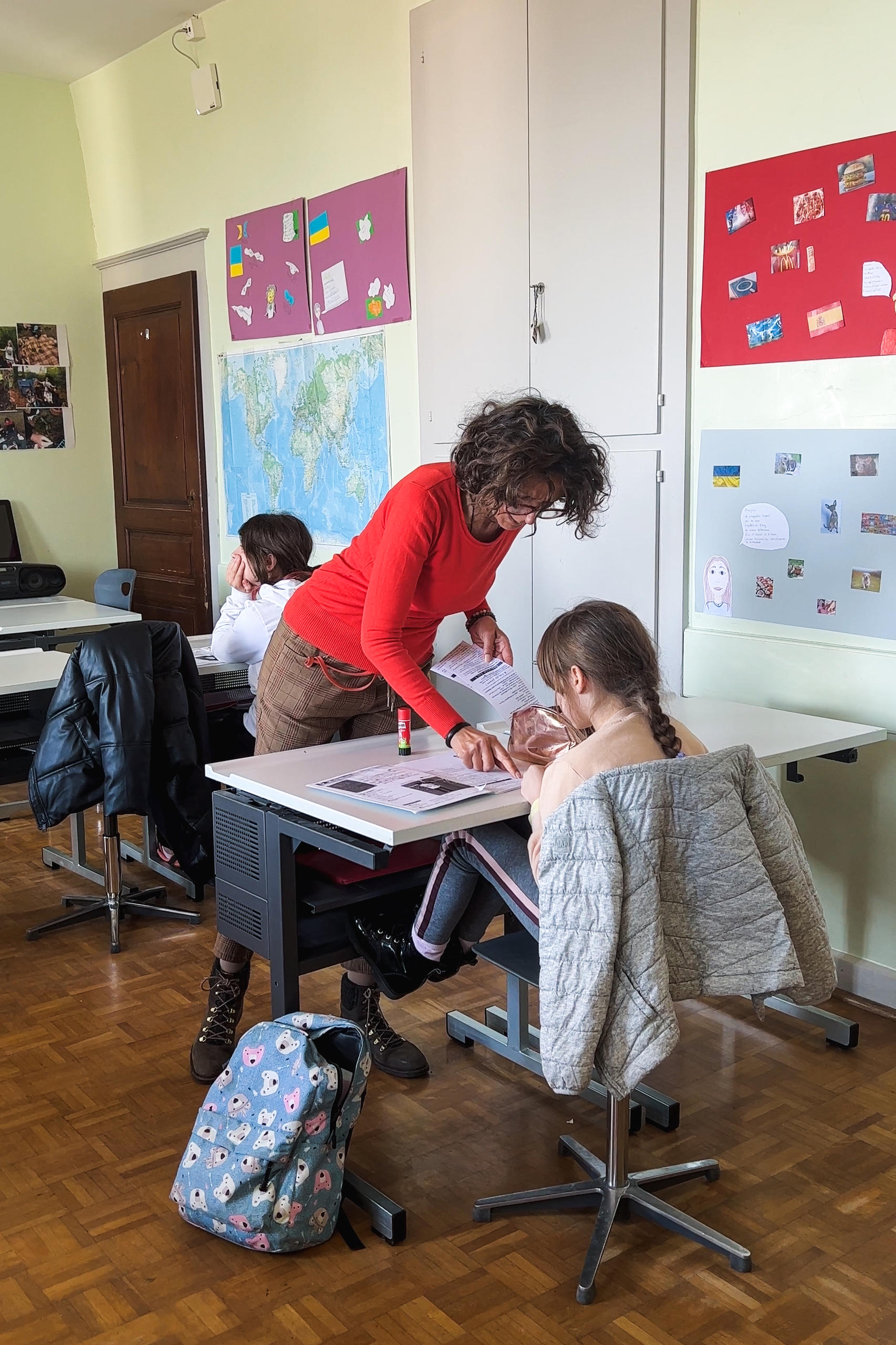
There are approximately 13,000 Ukrainian school-aged children in Switzerland. Most don’t know when they will go home. These children and the schools that are welcoming them are learning to adapt.
Natalia Voidiuk, a 42-year-old psychologist, and her daughter Olexandra arrived in Switzerland in March 2022, just weeks after the war in Ukraine broke out. It took them eight hours to cross the Polish border on foot. They then spent one night in Krakow before making a 22-hour bus ride to Switzerland.
“We were very tired,” recalls the mother. “With one hand I was holding my daughter, and with the other I was carrying a suitcase of belongings.”
Six-year-old Olexandra carried just a backpack with her schoolbooks. In Kyiv she had just begun primary school. She ended up finishing her first school year in Murten, a small town in western Switzerland.
One year on, Voidiuk is trying to analyse her situation: “Our big problem is an emotional and information overload.”
“Ukrainian women are constantly watching military and political news from home,” she adds. “They’re involved in the flow of information and worry about their loved ones. This makes it difficult to adapt to a new country.”
She says that one of the lifelines she has in Switzerland is her daughter’s school.
“Those who have children of school age live more organised lives,” says Voidiuk. “School provides a routine and gives stability and hope. Swiss schools are the glue that holds our war-torn lives together.”
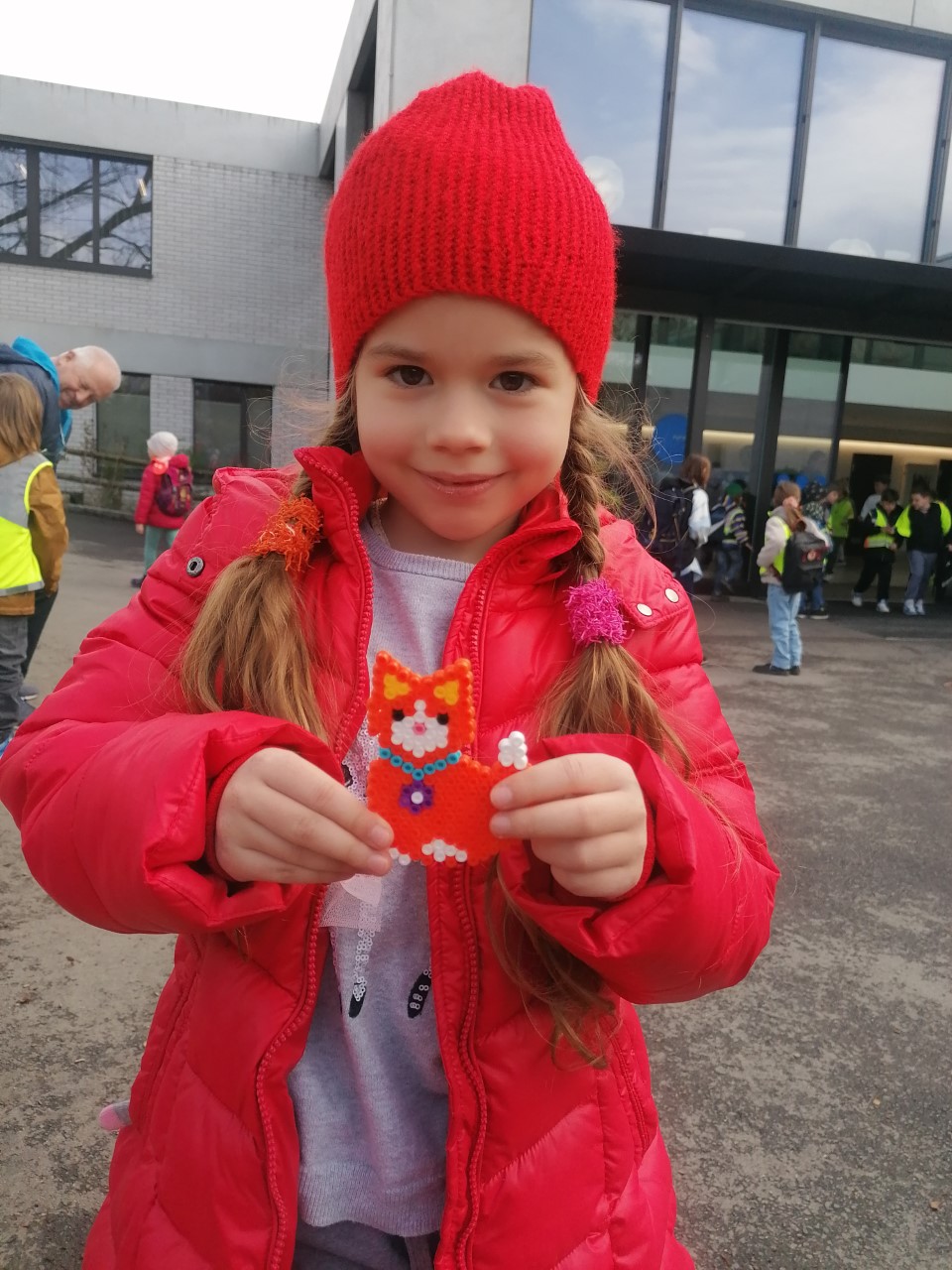
Data from the Ukrainian Ministry of Education show that as of December 2022, some 2.25 million Ukrainian children – or a total of 43% of all Ukrainian kids – were attending schools and kindergartens in other European countries.
Approximately 13,000 of them are in Switzerland, estimates the new edition of the School Barometer, a research project led by the Institute of the Management and Economics of Education (IBB) at the University of Teacher Education in canton Zug.
Every year the study focuses on a key aspect of school life. This year, it looked at the situation of Ukrainian youth.
Schooling in the castle
Canton Vaud, with a population of around 94,000 pupils, currently hosts around 1,200 schoolchildren from Ukraine.
“In March 2022 we expected a large but short-lived wave,” says Nathalie Jaunin, deputy director of the cantonal education department. “The first arrivals clearly stated they wanted to return home as soon as possible.”
But what was meant to be a temporary stay soon lengthened as the war dragged on. “As the situation evolved, more and more of the people we took in were trying to project themselves here over time,” says Jaunin.
One primary and secondary school housed in a 12th-century castle in Aubonne on the shores of Lake Geneva has welcomed around 50 Ukrainian children since the start of the war. Today 30 of them are still there. The school, which moved into the castle at the beginning of the 19th century, has a long history of being the first point of contact for immigrant children in the canton.

One of the first tasks of the school is to teach the children French, the local language. While younger children are directly integrated into regular classes, teenagers are first offered intensive language classes.
“Our goal is to have the children learn French and social rules as quickly as possible,” says Jaunin. “It is also particularly important to give them confidence by showing them that we have recognised their skills in Maths, English and other subjects. This is so that they can progress and not be focused on the fact that they do not speak the language of the school yet.”
Many children also attend a Ukrainian school online. “Children have a lot of homework from the Ukrainian school, the Swiss language courses and normal classes. These three together represent a heavy cognitive load,” says Stephan Gerhard Huber, who led the School Barometer study.
He says the intensity of the load risks hindering the kids’ integration. As a result, playing, entertainment, cultural leisure and sports are left behind, he says.
Cultural relays
Integrating these children by offering them the psychological and emotional support they need while ensuring they can attend regular classes as quickly as possible has been a challenge for schools. They first relied on volunteers – mainly Ukrainians and Russians living in Switzerland – who are bilingual.
Now one of the relays between the children, their families, the school, and the authorities are community interpreters.
Ukrainian children and youth in Switzerland
In Switzerland about 75,000 Ukrainians have been granted protection status “S”, which entitles refugees rights to accommodation, social assistance and health care. Estimates put the number of Ukrainian schoolchildren in Switzerland at about 13,000.
In addition, Switzerland hosts about 5,000 young people from Ukraine aged 15-20. Many of them have begun vocational training or will start this training this summer. The State Secretariat for Migration decided on March 1, 2023, to allow them to continue their studies in Switzerland until they graduate.
“Schools work with several agencies that provide interpreting services,” Jaunin says. “Generally, once a trusting relationship has been established, families and schools work with the same interpreters.”
She says the canton has increased the school budget to pay for additional school supplies and hire more teachers and interpreters. She did not provide financial details.
Speaking of war
Another challenge schools encounter is how to talk about the war in a classroom where some of the children have family members fighting in Ukraine or experienced trauma. Swiss education authorities have not issued guidelines on how to address the subject.
“Swiss media and the government use words such as ‘war’ and ‘invasion’, and we cannot pretend it has not happened in front of children and parents who are all well informed,” says Huber.
The official website of the canton of Vaud refers to the “war as a conflict” as opposed to a war or an invasion.
“There is no political position behind terms such as invasion or conflict,” explains Jaunin. “During a history or civic education class, a teacher is free to talk about this subject.”
She says educational authorities are “particularly attentive to maintaining a good school atmosphere.” As an example, she cites the siren drills that occurred on the first Wednesday of February as part of regular national security exercises. “We were very careful to inform all the teachers and parents of the Ukrainian students and told them not to worry. We try to anticipate what can be traumatic for them.”
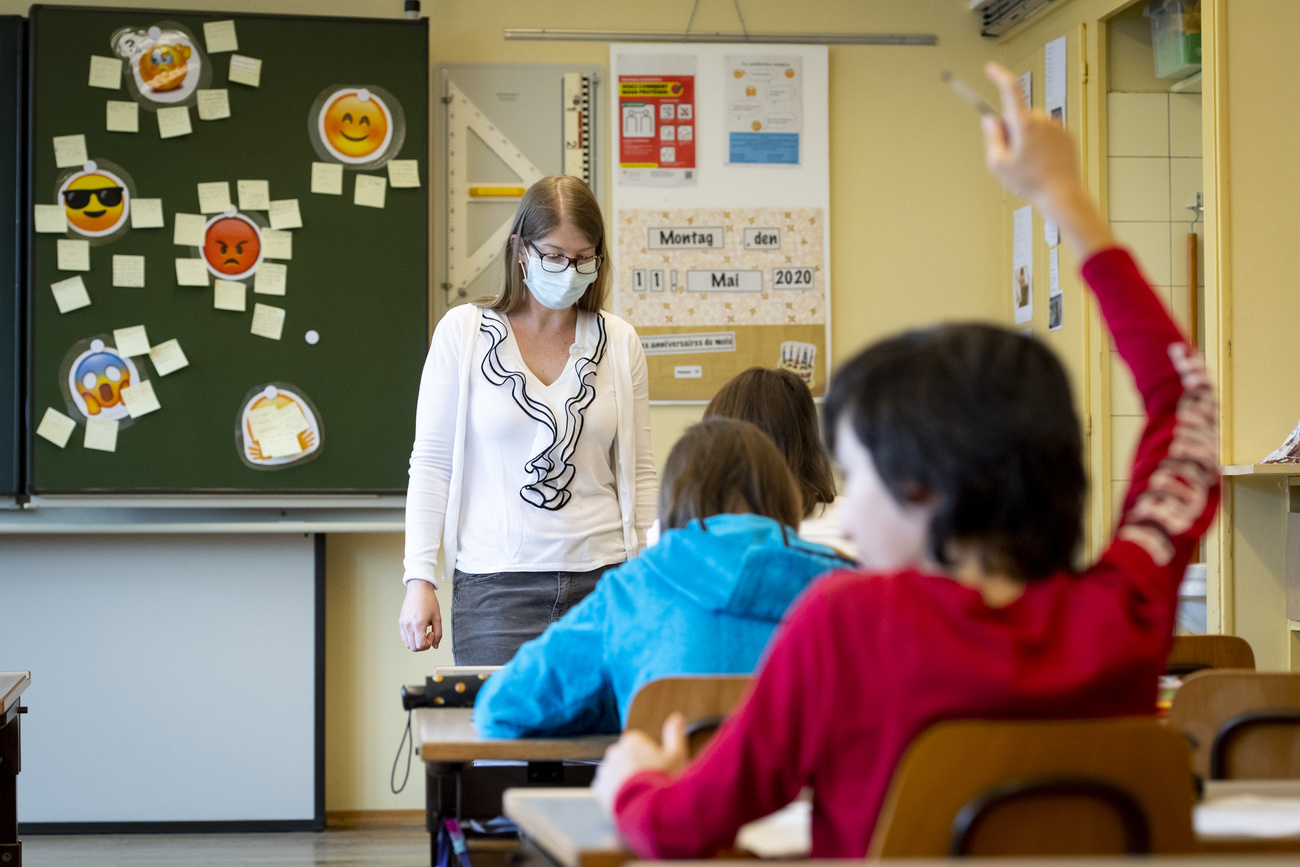
More
Pandemic pushes digitalisation in Swiss education
Going home
The question of a possible return when the war ends means parents are keen for their children to continue learning their native tongue. This has also been a topic of concern for the Ministry of Education of Ukraine, as almost half of all Ukrainian children that have left the country currently live in European countries.
To date, 7.8 million Ukrainians have been forced to leave their country and remain in Europe; 90% of those displaced are women and children.
The Ministry has stated that “rules of the educational process are determined by the national legislation of the country of residence” and that grades obtained overseas are recognised. That leaves the open question of the native language.
Voidiuk, Olexandra’s mother, wants her daughter to learn to read and write in Ukrainian. She is asking for Ukrainian language courses after school hours.
“For the moment, Ukrainian language courses do not exist, but this possibility is not excluded,” explains Jaunin. “We need a motivated community and the support of the embassy.” She says schools could potentially run Ukrainian language classes on Wednesday afternoons and Saturdays.
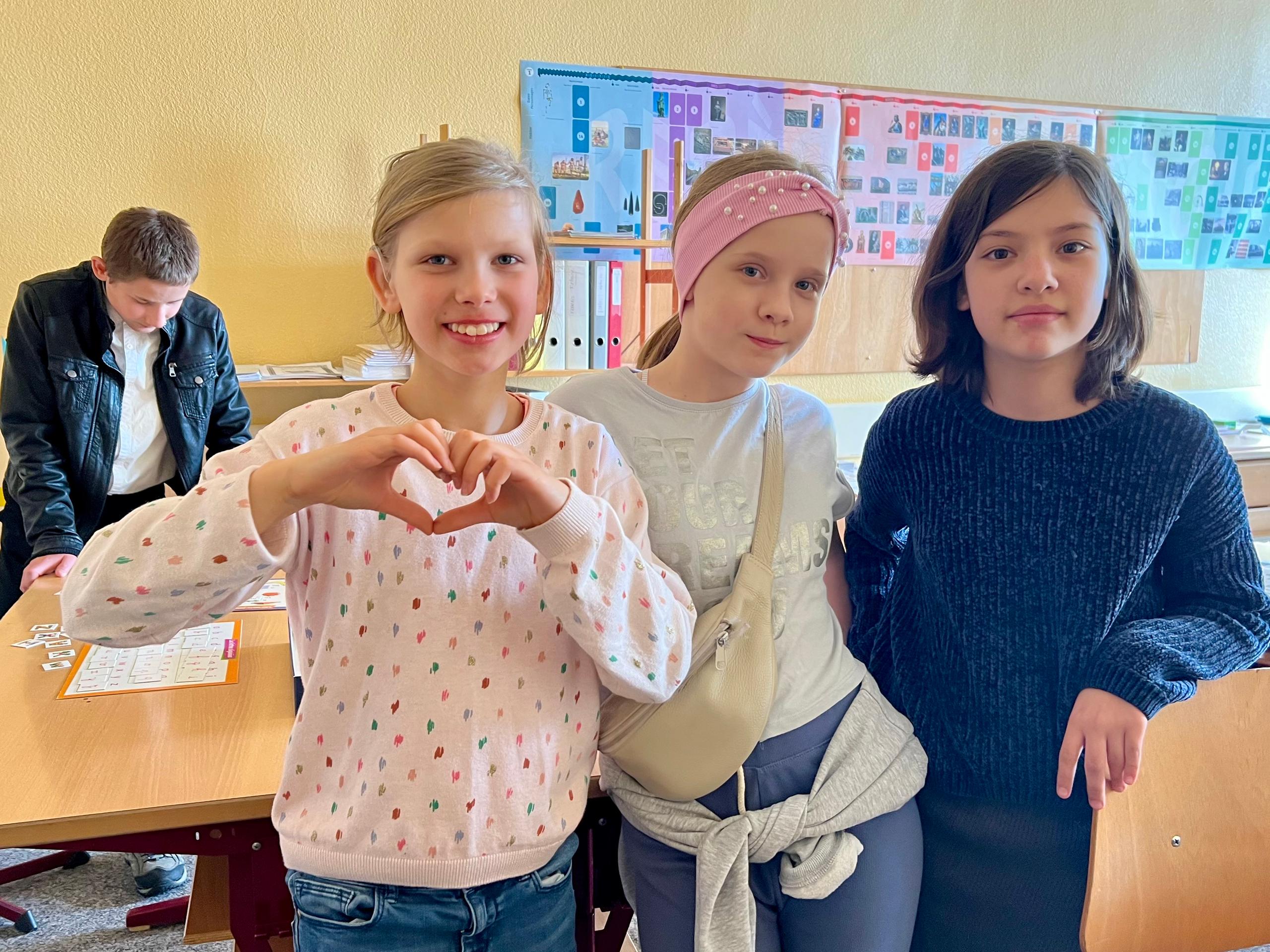
Embassies and communities often organise culture-of-origin language courses. This is the case for Portuguese, Spanish, Chinese, Japanese, Serbian, Croatian, English, and German, which are taught in Swiss schools after regular school hours.
“Two-thirds of Ukrainians are literally sitting on their suitcases,” Huber says, referring to the fact they are ready to head back to Ukraine as soon as the war ends.
“For us to say, ‘give up your Ukrainian education’ is not the way to go,” he adds.
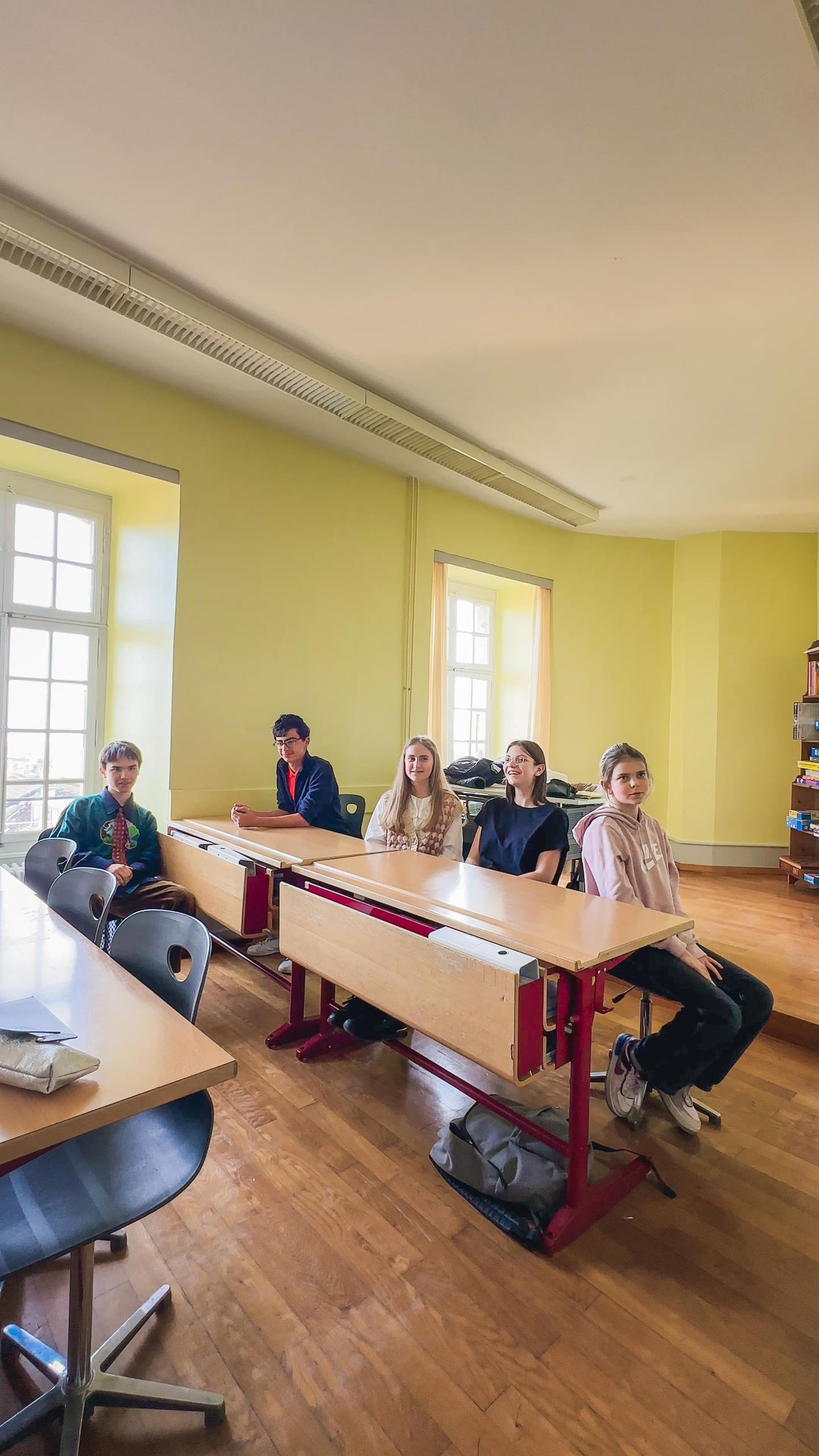
Edited by Virginie Mangin/gw

In compliance with the JTI standards
More: SWI swissinfo.ch certified by the Journalism Trust Initiative
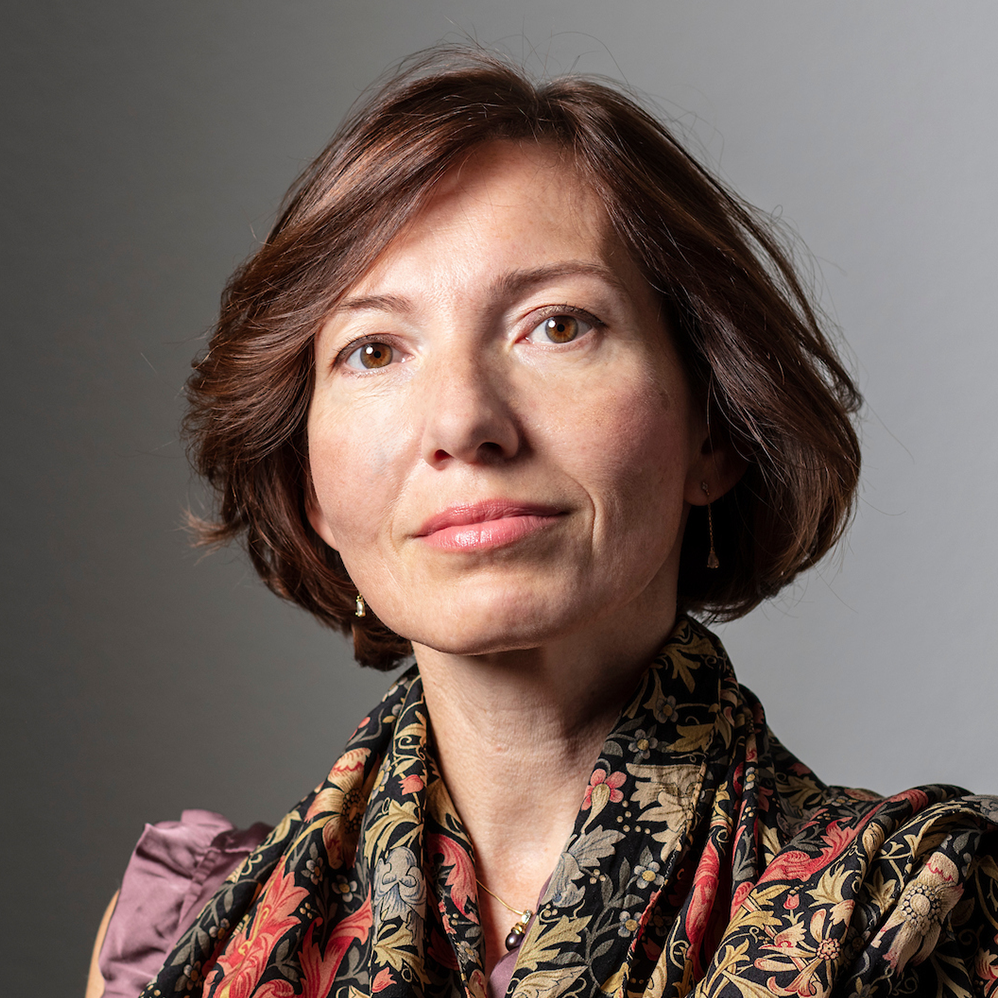




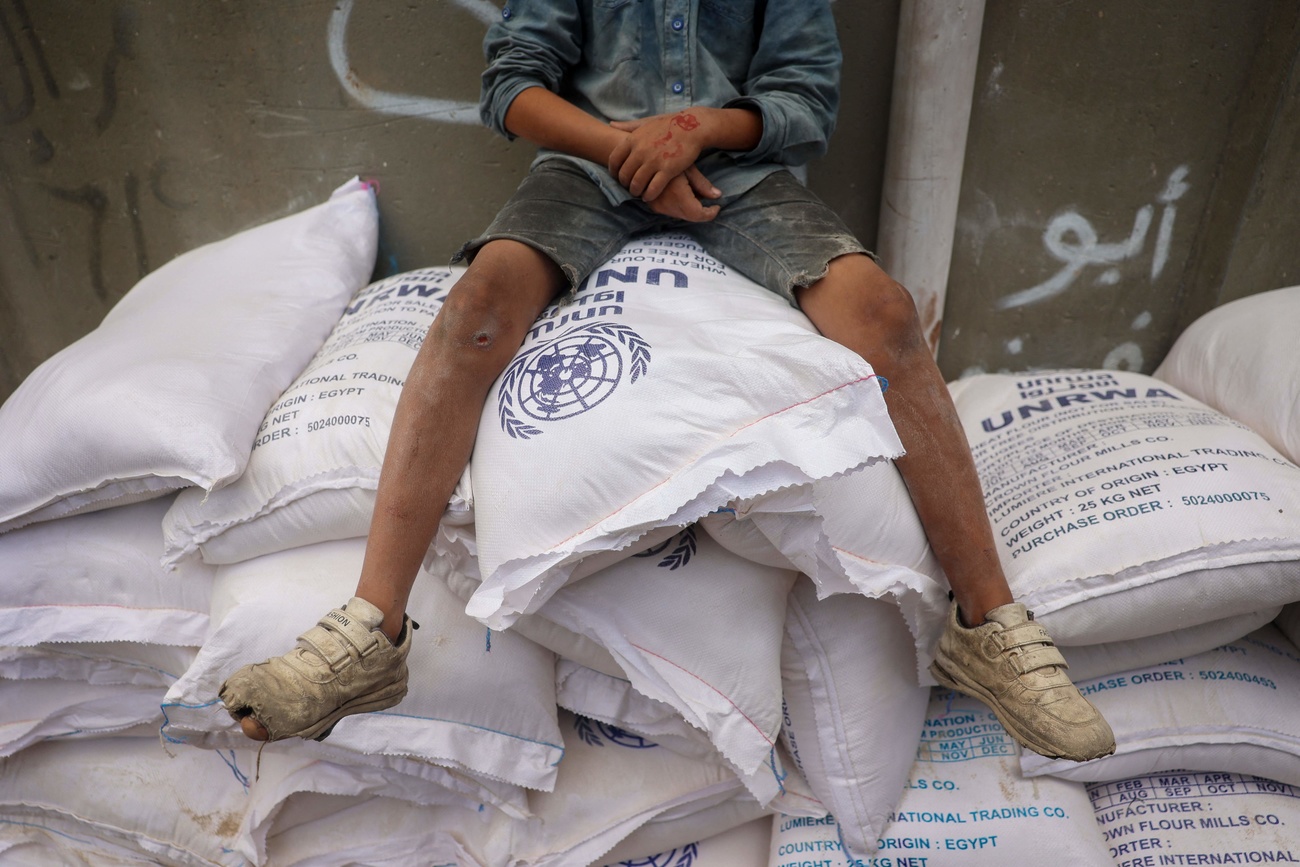





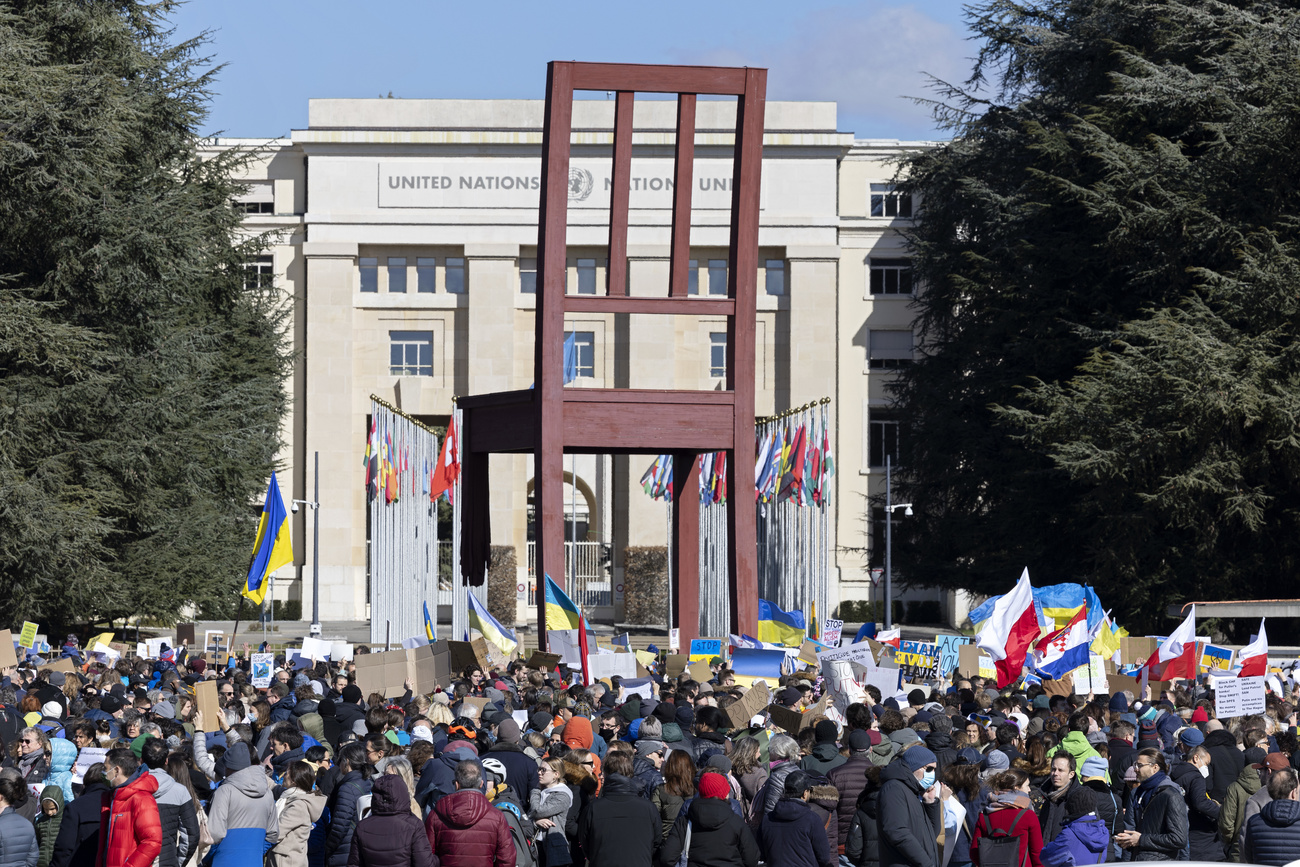
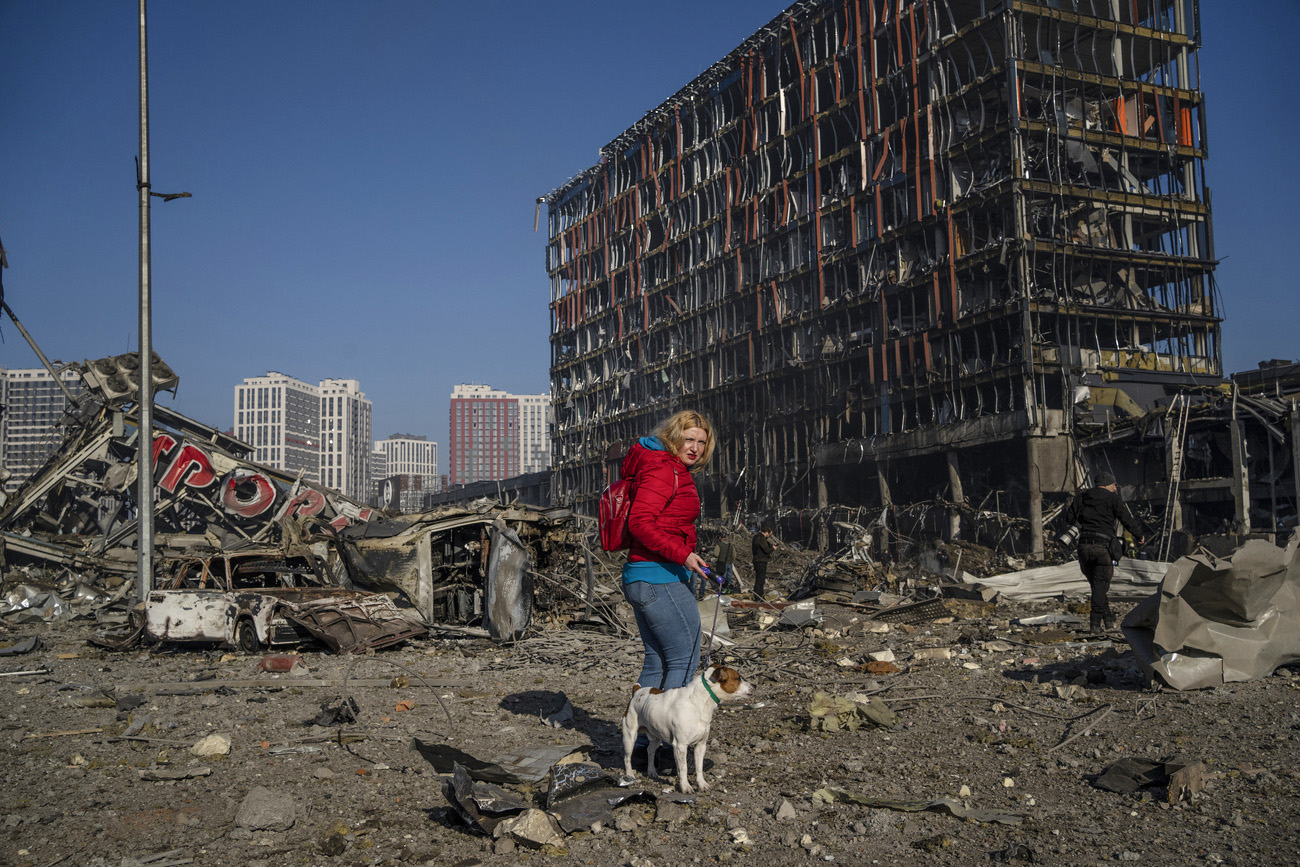
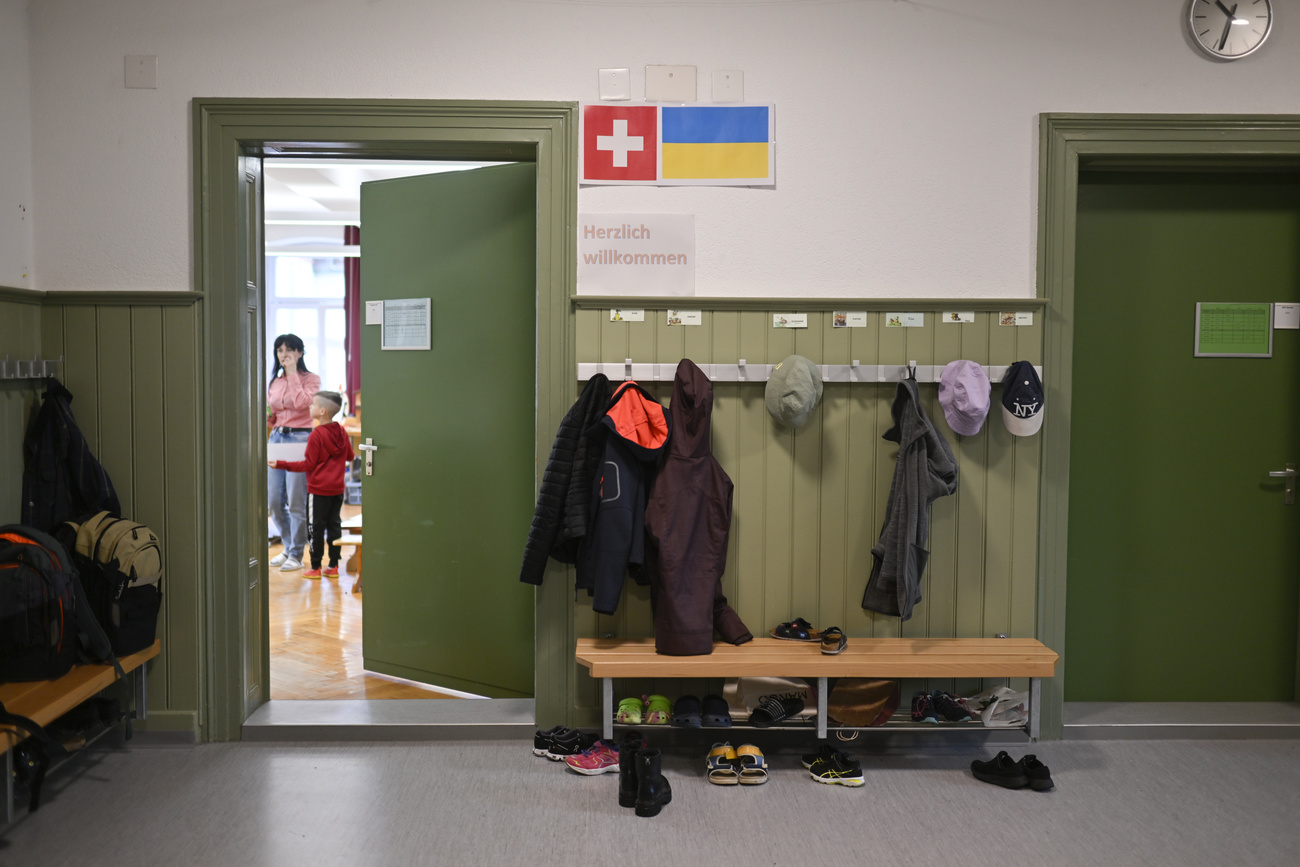
You can find an overview of ongoing debates with our journalists here . Please join us!
If you want to start a conversation about a topic raised in this article or want to report factual errors, email us at english@swissinfo.ch.